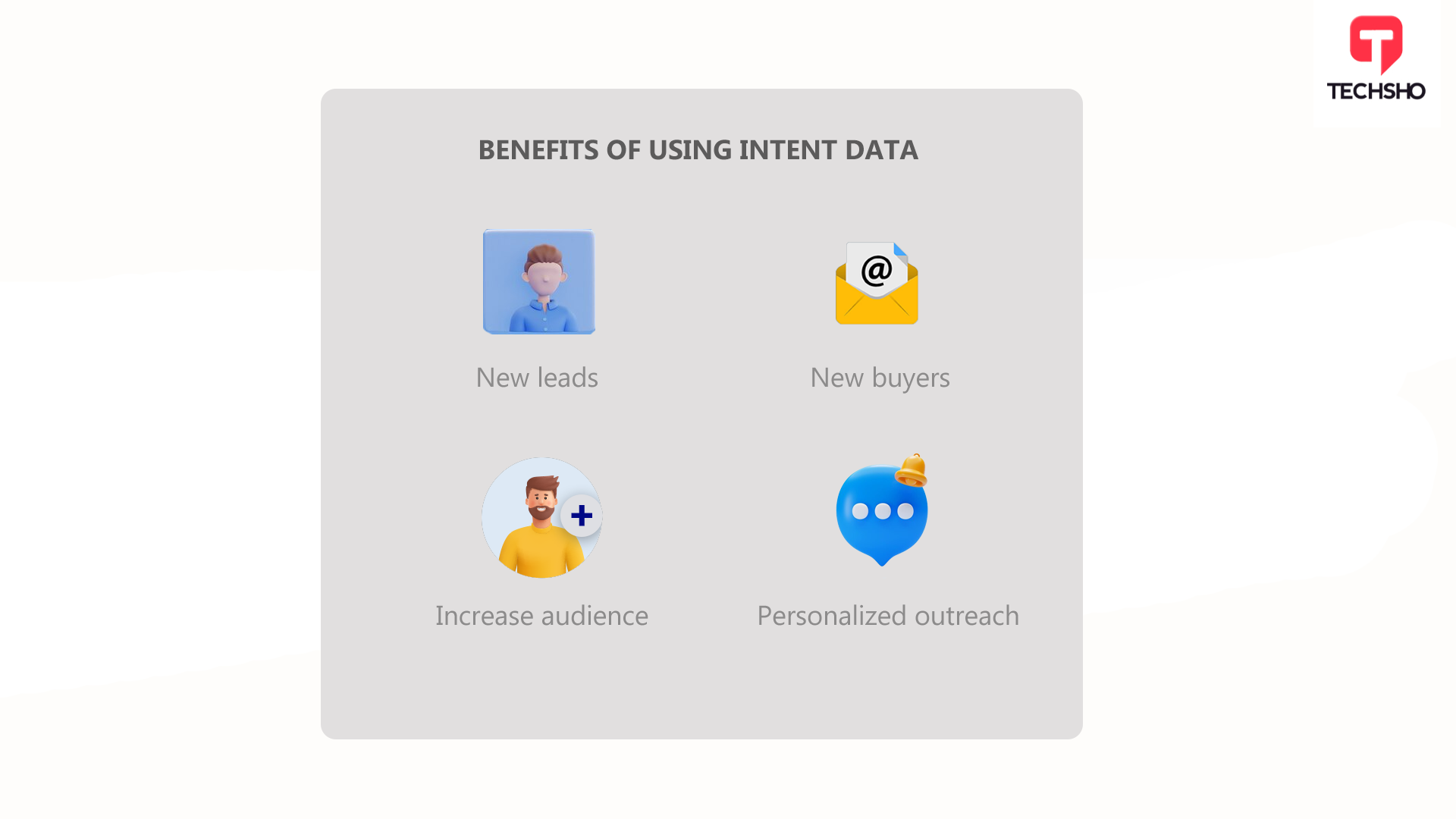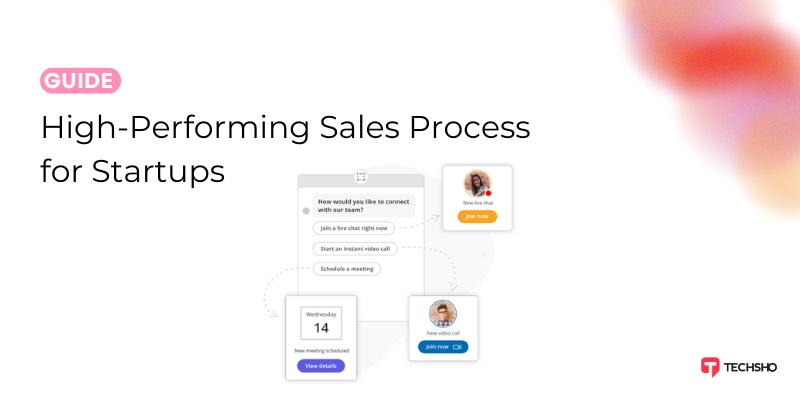
Understanding Customer Churn and Improving Retention: 5 Powerful Strategies
Customer churn is a significant challenge for businesses, impacting their revenue and long-term profitability. Acquiring new customers is important, but retaining existing ones is even more crucial. In fact, studies show that existing customers spend 67% more than new ones, making customer retention strategies essential for businesses in 2023. In this article, we will explore what customer churn is, why it is important to prevent it, and present five powerful strategies to increase customer retention.
What is Customer Churn?
Customer churn, also known as attrition, refers to the rate at which customers end their relationship with a business and stop generating revenue. It can manifest in various ways, such as customers canceling subscriptions, not making further purchases, or uninstalling apps. While customer churn is inevitable to some extent, a high churn rate can have a significant impact on a business’s bottom line.
The Importance of Preventing Customer Churn
Preventing customer churn is vital for several reasons. Firstly, reducing churn can significantly increase profits. According to research from Harvard Business School, a 5% increase in customer retention can lead to a minimum 25% increase in profits. Secondly, a high churn rate can negatively impact a business’s brand image and market positioning. Moreover, businesses with high churn rates often spend more on customer acquisition, which is more expensive than retaining existing customers. Lastly, a high churn rate can indicate underlying problems within a business, hindering its growth and attractiveness to potential investors.
Monitoring Customer Churn Rate
Monitoring customer churn rate is critical for businesses to understand and address their churn challenges effectively. Customer churn rate refers to the percentage of customers who stop using a product or service within a specific period. By tracking churn rate, businesses can identify trends and patterns that can inform strategies to improve customer retention. This data can also help businesses identify factors contributing to churn, enabling them to make targeted improvements to their products or services.
Strategies to Prevent Customer Churn and Increase Retention
Strategy 1: Understand Your Customers
To effectively reduce customer churn, businesses must first understand their customers and their needs. Building accurate buyer personas can help businesses make data-driven decisions to better serve their customers. By gaining insights into customer preferences, pain points, and motivations, businesses can tailor their offerings to meet their customers’ expectations more effectively.
Strategy 2: Improve the Customer Experience
Enhancing the customer experience is crucial for reducing churn rates. Streamlining processes like customer onboarding and registration can help customers get started with a product quickly and easily. Clear and concise product and user manuals can guide customers through the onboarding process. Offering exceptional customer service and multiple channels of support can also build customer loyalty and satisfaction.
Strategy 3: Use Customer Data to Tailor the User Journey
Personalization plays a significant role in customer retention. Collecting relevant customer data during the registration process enables businesses to create targeted marketing campaigns, validate audience modeling, and improve customer service. This data provides insights into customer demographics, purchase history, and product usage, resulting in increased sales and customer loyalty.
Strategy 4: Communicate Effectively
Effective communication with customers is essential for reducing churn. Proactive and consistent communication can help businesses understand customer feedback and improve the overall customer experience. Leveraging various communication channels, such as direct-to-consumer platforms, allows businesses to address customer concerns promptly and build stronger relationships.
Strategy 5: Build Brand Loyalty
Building brand loyalty is a key driver of customer retention. Simplifying access to customer support, engaging customers for feedback, setting up loyalty and referral programs, and consistently delivering high-quality products and services are effective ways to foster brand loyalty. By treating employees as valued customers and maintaining a consistent brand image, businesses can build a community that promotes customer loyalty.
The Cost of Losing Customers
Losing customers has a significant impact beyond lost revenue. It incurs direct costs, increases customer acquisition costs, and requires offboarding expenses. Moreover, unhappy customers are more likely to share their negative experiences, damaging a business’s brand image. Therefore, preventing churn is crucial to maintain a positive reputation and financial stability.
Conclusion
Understanding customer churn and implementing effective strategies to prevent it are essential for business success. By prioritizing customer retention through improved customer experiences, personalized interactions, effective communication, and brand loyalty initiatives, businesses can significantly reduce churn rates and increase profitability. Investing in customer retention is a long-term strategy that pays off by fostering customer loyalty, driving revenue growth, and ensuring sustained business success.
For more information on how to prevent customer churn and increase customer retention, contact us. Techsho specializes in building high-performing sales and customer support teams for SaaS companies, helping them generate demand, nurture relationships, set qualified meetings, retain customers, and increase customer lifetime value (LTV).




